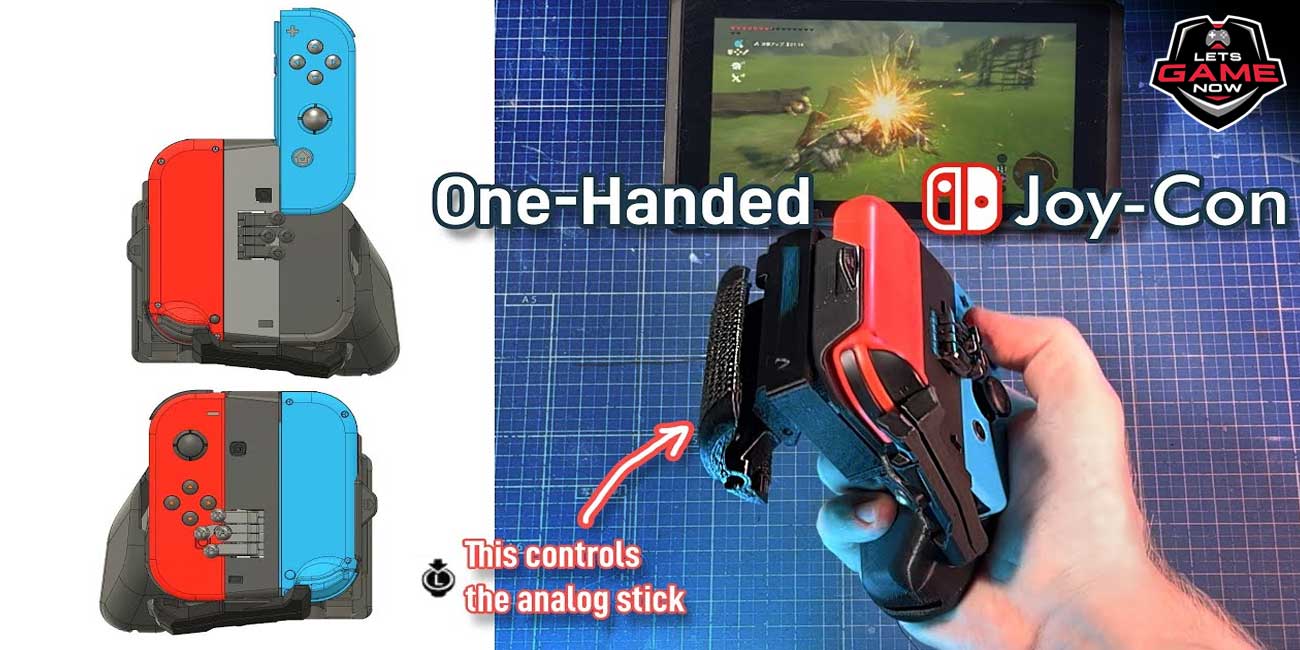


SB
Aug, 31.2022
A one-handed Nintendo Switch controller was developed by a modder, opening up the console's games to a wider audience. At first appearance, the custom Nintendo Switch controller made by hardware modder Akaki Kuumeri seems out of the ordinary. In actuality, though, it will make it considerably easier for gamers with physical limitations to access the console's games.
Similar to the plastic charging handle that comes with every console, the modified pad works with the Joy-Con controllers that are plugged into each side of the Nintendo Switch. Here, though, you only need one Joy-Con, and depending on whatever buttons work best for your dominant hand, a number of switches in the center of the pad are utilized to access the d-pad or face buttons.
The one-handed Joy-Con controller costs $200 (about £175/AU$288) and can be purchased from Akaki Kuumeri's Etsy shop (opens in new tab). The Modder has a good track record as well, with 200 reviews from prior modded adapters for the DualSense and Xbox Wireless Controller yielding a rating that is almost flawless.
Upon closer examination, Kuumeri's modified pad appears to have the potential to benefit disabled players who might only have restricted use of one hand. Thus, people might be able to play the top Nintendo Switch games that they might not otherwise have easy access to.
Even while the pricing seems a little high, keep in mind that Kuumeri is a tiny business compared to giants like Nintendo or Microsoft. The Xbox Adaptive Controller and other similar pads have come under fire for being more expensive than conventional gadgets. But since we're dealing with bigger businesses, they could benefit from developing less expensive accessibility-conscious controls.
Although it's impossible to say for sure, Kuumeri's invention may be related to a design Nintendo previously explored for its top console. Reggie Fils-Aimé, a former president of Nintendo of America, claimed that the business had previously been working on a proprietary controller with an accessibility focus. But it's unclear how far the device's development has come since Fils-Aimé left.